- What is Peat
- Uses of Peat
- When to Apply Peat
- Definition of Peat
- Properties of Peat
- Uses of Peat
- Characteristics of Peat
- 1. High water holding capacity:
- 2. Good aeration:
- 3. Nutrient-rich:
- 4. pH buffering capacity:
- 5. Organic matter content:
- 6. Environmental benefits:
- What is Peat used for
- Benefits of Peat
- 1. Excellent water retention
- 2. Enhanced soil structure
- 3. Nutrient-rich source
- 4. pH adjustment
- 5. Weed suppression
- 6. Environmental benefits
- Applications of Peat
- 1. Horticulture and Gardening
- 2. Fuel
- 3. Water Filtration
- 4. Livestock Bedding
- 5. Medicine and Cosmetics
- 6. Environmental Conservation
- When to Apply Peat
- 1. Establishing New Plants
- 2. Improving Poor Soil Quality
- 3. Enhancing Acid-Loving Plants
- 4. Mulching and Winter Protection
- 5. Potting and Container Gardening
- 6. Lawn Renovation and Seed Starting
- Best Time to Use Peat
- 1. Preparing Soil for Planting
- 2. Revitalizing Existing Gardens
- 3. Improving Potted Plants
- 4. Starting Seeds
- 5. Mulching
- 6. Acid-Loving Plants
- When to Avoid Using Peat
- “Question-Answer”
- What is peat and where does it come from?
- What is peat used for?
- When should I apply peat to my garden?
- How much peat should I use in my garden?
- Can peat be used in container gardening?
- “Video” What is Peat Moss? I Pros and Cons
Peat, also known as peat moss, is a natural product derived from decomposed organic matter. It is formed in wetland areas where dead plants accumulate and are slowly broken down over hundreds of years. Peat is commonly used in gardening and horticulture due to its unique properties and benefits.
Peat is highly absorbent and can retain water up to 20 times its weight, making it an excellent choice for improving soil moisture levels. It also has a high cation exchange capacity, which means it can hold and release essential nutrients for plant growth. Additionally, peat has a slightly acidic pH, making it suitable for acid-loving plants.
When it comes to application, peat can be used in various ways. It can be mixed with garden soil to improve drainage and moisture retention, especially in heavy clay soils. Peat can also be used as a component in potting mixes for container gardening, providing a lightweight and well-draining medium for plant roots.
Furthermore, peat is widely used in the cultivation of mushrooms and as a bedding material for reptiles and amphibians. It can also be used as a mulch to control weed growth and maintain soil temperature. However, it’s important to note that peat is a non-renewable resource and its extraction can have detrimental effects on wetland ecosystems.
Expert tip: Consider using peat alternatives, such as coconut coir or compost, which are renewable and have similar properties to peat.
What is Peat
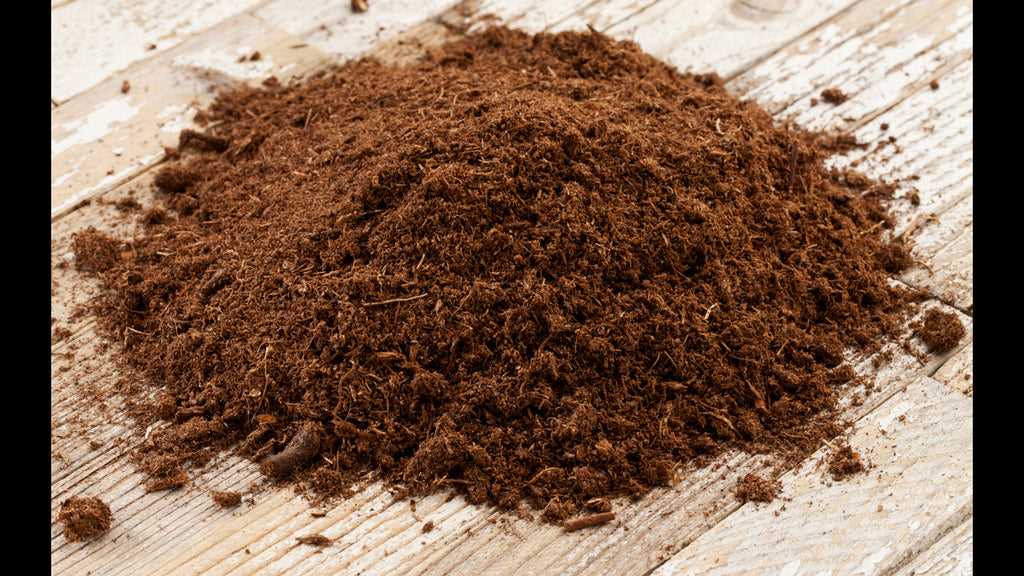
Peat is a natural material that is formed over thousands of years in wetland areas called peatlands. It is composed of partially decomposed organic matter, mainly plant material, which accumulates in an oxygen-poor environment. Peat is usually found in cooler regions, such as the Northern Hemisphere.
Peat is characterized by its high carbon content and unique physical properties. It has a dark brown to black color and a fibrous texture. It is lightweight and has a high water-holding capacity, which makes it an excellent medium for plant growth.
Peatlands play a crucial role in the global carbon cycle. They store large amounts of carbon, acting as carbon sinks. However, peatlands can release carbon dioxide when they are drained or disturbed, contributing to greenhouse gas emissions and climate change.
Uses of Peat
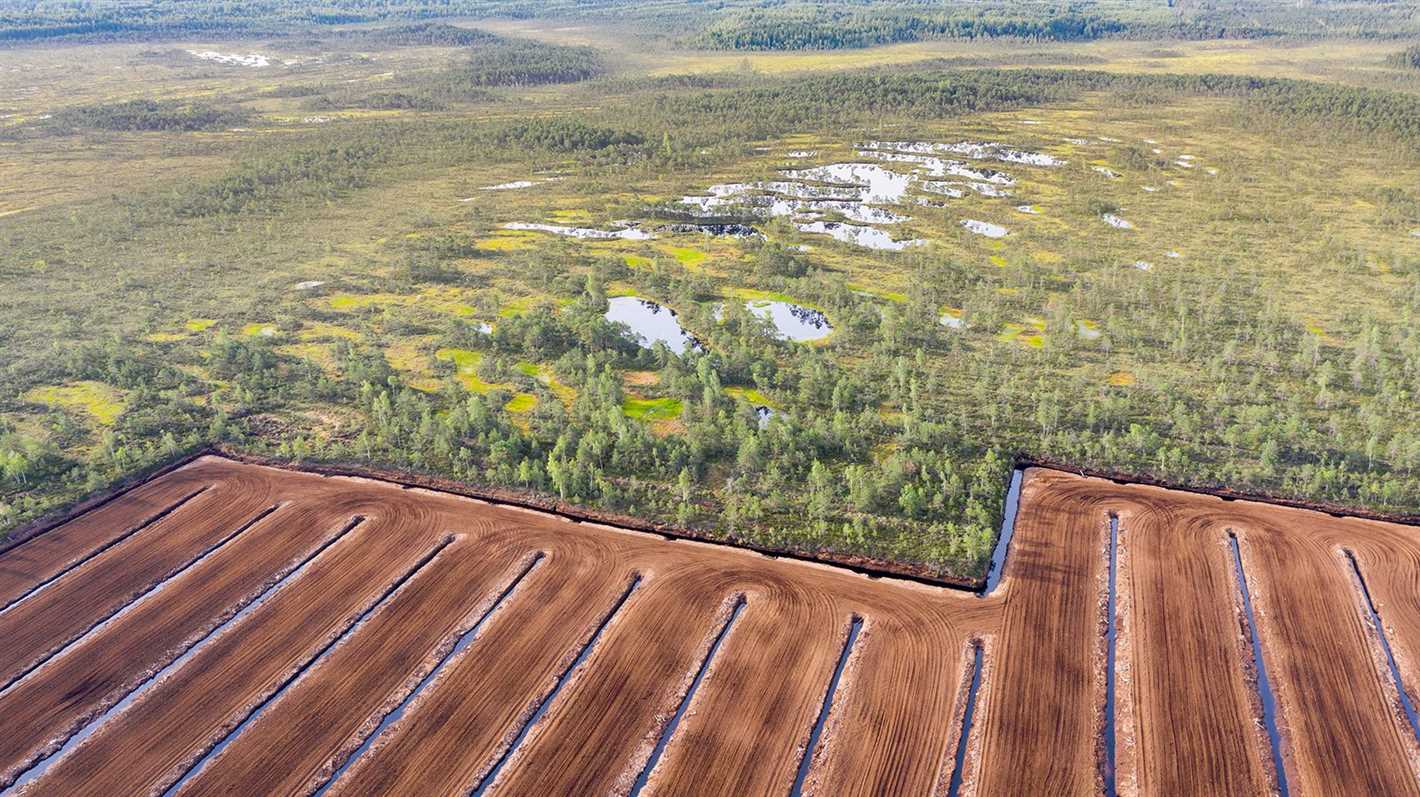
Peat has various uses in different industries:
- Gardening and horticulture: Peat is commonly used as a component of potting mixes and soil amendments due to its ability to improve soil structure, retain moisture, and provide essential nutrients to plants.
- Energy: Peat can be dried and burned as a fuel to generate heat and electricity. However, peat as an energy source is not widely used due to environmental concerns and the availability of other cleaner alternatives.
- Agriculture: Peat can be used as a soil conditioner to improve fertility, water retention, and drainage in agricultural fields.
- Water filtration: Peat can act as a natural filter for water, removing impurities and pollutants.
- Medicine and cosmetics: Peat extracts are used in some skincare and therapeutic products due to their potential anti-inflammatory and antioxidant properties.
When to Apply Peat
The application of peat depends on its intended use:
- Gardening and horticulture: Peat can be mixed with other materials, such as compost, perlite, or vermiculite, to create a well-balanced potting mix. It is commonly used when growing acid-loving plants, such as azaleas, rhododendrons, and blueberries.
- Agriculture: Peat can be incorporated into the soil before planting or used as a top-dressing to improve soil quality and fertility. It is often used in vegetable gardens, flower beds, and lawns.
- Water filtration: Peat can be placed in water filtration systems or used in the construction of wetlands to enhance water quality.
- Medicine and cosmetics: Peat extracts are formulated into various products, such as creams, masks, and bath soaks, which can be applied to the skin or used for therapeutic purposes.
Overall, peat is a valuable natural resource that has multiple applications across various industries. However, its extraction and use should be managed sustainably to minimize environmental impacts and preserve peatland ecosystems.
Definition of Peat
Peat is a type of organic material that forms in wetland areas, such as bogs and marshes, over thousands of years. It is a result of the accumulation of dead plant material, primarily mosses and other water-loving plants, in an environment with limited oxygen.
Peat is a partially decomposed material that is light brown to dark brown in color. It has a high carbon content and low mineral content, making it very different from soil. It has a unique spongy texture and can hold a large amount of water, which is one of its key properties.
Peat is mainly composed of fibrous plant material, such as stems, leaves, and roots, as well as microscopic organisms and minerals. It is formed under specific conditions of waterlogged and acidic environments, which slow down the decomposition process.
Properties of Peat
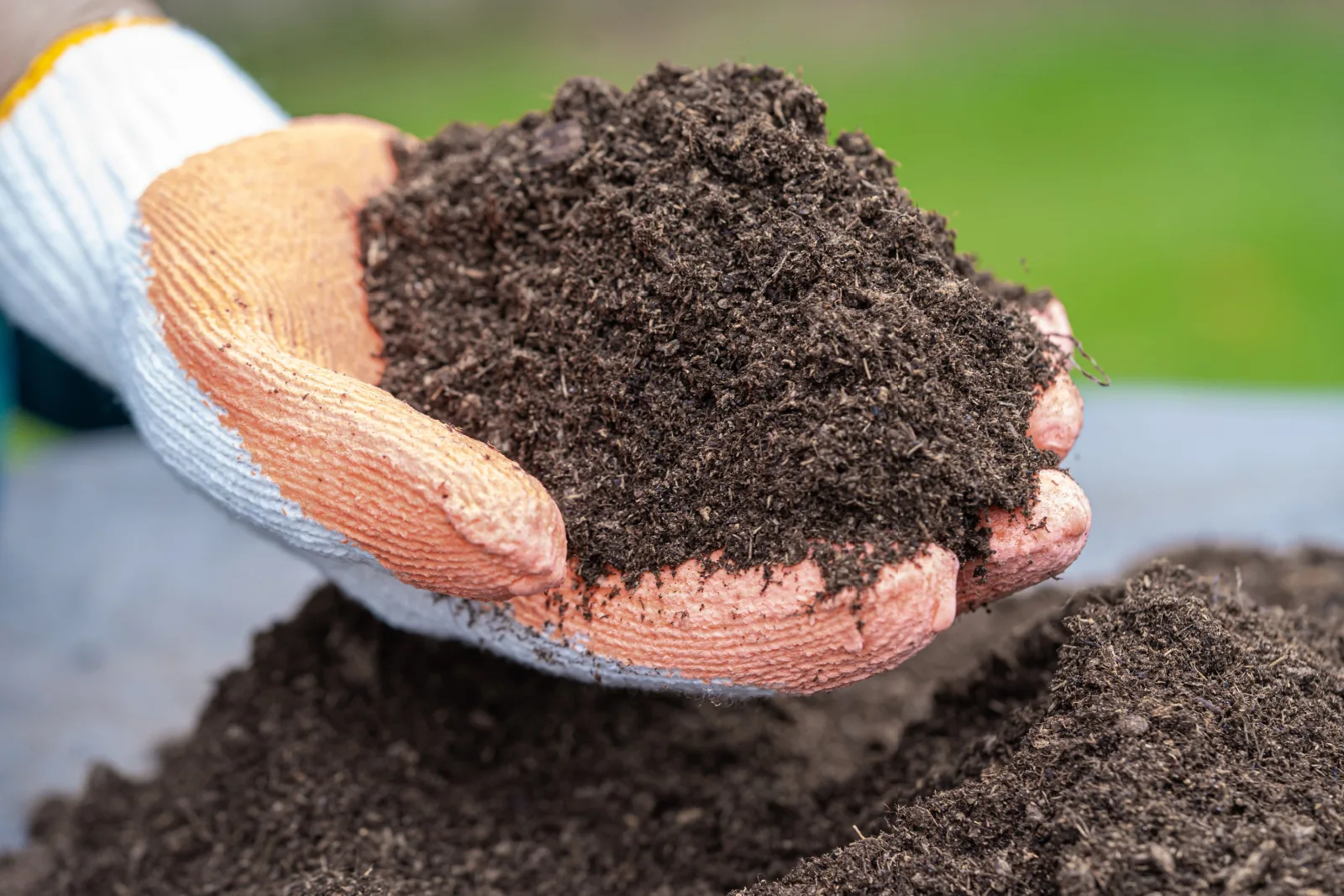
- Water retention: Peat has a high water holding capacity, which makes it excellent for improving soil moisture levels in dry climates or poorly draining soils.
- Acidity: Peat is naturally acidic, with a pH ranging from 3.5 to 5.5. This can be beneficial for acid-loving plants, but may require amendments to adjust the pH for other plants.
- Nutrient content: Peat has low nutrient content, especially in terms of nitrogen, phosphorus, and potassium. It is not a complete fertilizer but can be used as a growth medium with added nutrients.
- Aeration: Peat has poor aeration due to its compact structure, which can limit root growth in some plants. However, it can be enhanced by adding other materials like perlite or vermiculite.
Uses of Peat
Peat has various applications in gardening, horticulture, and agriculture:
- Soil amendment: Peat can be used to improve soil structure, moisture-holding capacity, and drainage in gardens or potted plants.
- Potting media: Peat is commonly used as a component in potting mixes to provide a suitable environment for plant growth.
- Seed starting: Peat pellets or pots are popular for starting seeds due to their ability to hold moisture and provide a nurturing environment for germination.
- Composting: Peat can be added to compost piles to enhance decomposition and maintain moisture levels.
- Fuel: In some regions, peat is used as a source of fuel for heating and cooking.
| Advantages | Disadvantages |
|---|---|
| Improves soil moisture retention | Highly acidic |
| Enhances soil structure | Low nutrient content |
| Provides a good growth medium for seed starting | Poor aeration |
| Helps with composting | Environmental concerns about peat mining |
| Can be used as a fuel source |
Characteristics of Peat
Peat is a unique type of organic material that forms in wetlands and peatlands over thousands of years. It is composed mainly of partially decomposed plant material, such as mosses and sedges, which have accumulated and been preserved in waterlogged conditions.
Peat has several distinct characteristics that make it a valuable resource:
1. High water holding capacity:
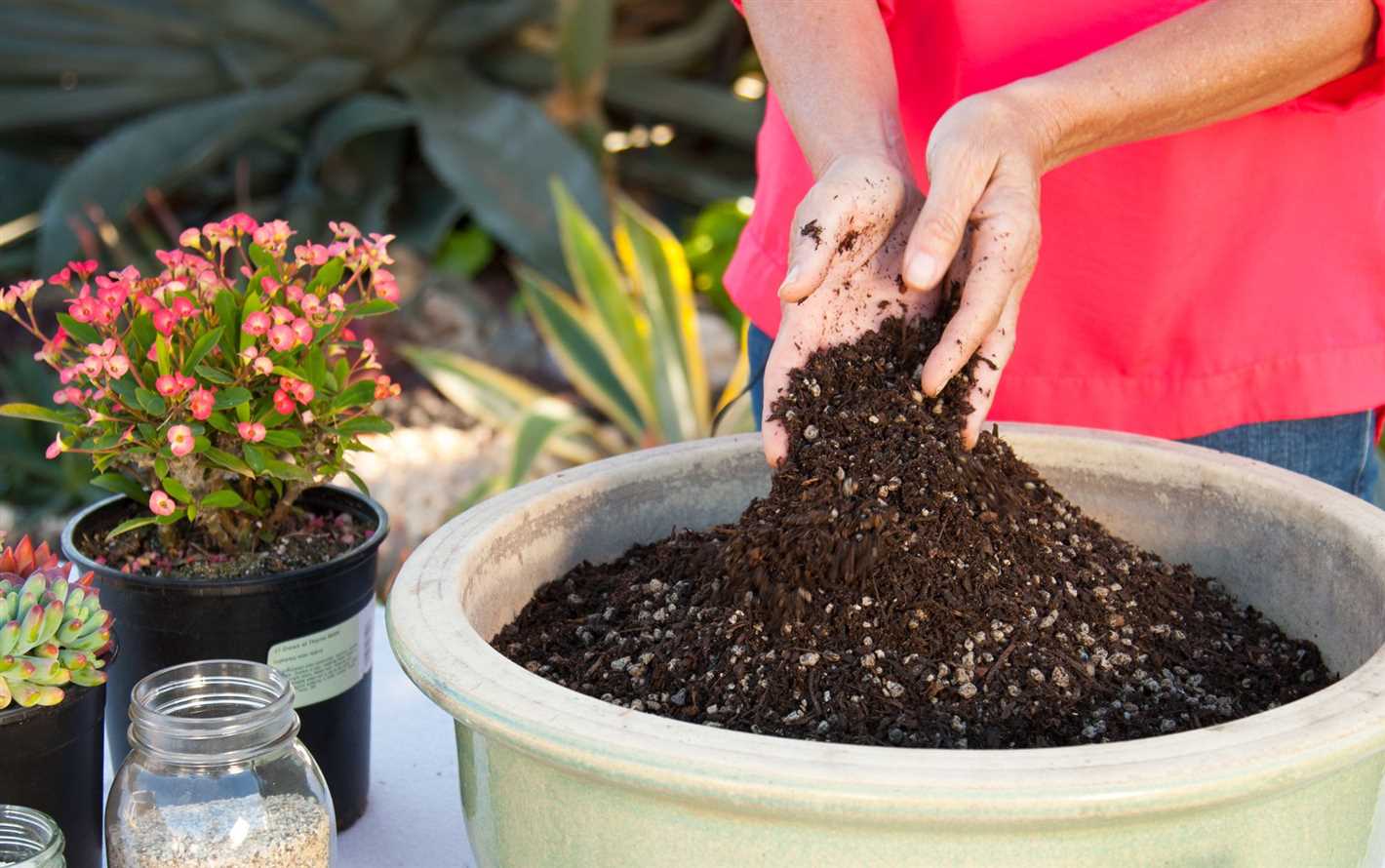
Peat is known for its excellent water retention capabilities. It can hold up to 20 times its weight in water, making it ideal for use in horticulture and agriculture. The high water holding capacity of peat helps to keep plants hydrated, even in dry conditions, and reduces the frequency of watering required.
2. Good aeration:
Despite its ability to hold water, peat also provides good aeration to plant roots. It has a spongy texture that allows for the movement of air within its structure. This is important for oxygen supply to the roots and prevents waterlogging, which can lead to root rot.
3. Nutrient-rich:
Peat contains a range of essential nutrients, including nitrogen, phosphorus, and potassium, which are important for plant growth. These nutrients are slowly released over time, providing a steady supply to plants. Additionally, peat has a slightly acidic pH, which is beneficial for certain plants that prefer slightly acidic conditions.
4. pH buffering capacity:
Peat has the ability to buffer pH levels in soil, helping to maintain a stable and optimal pH for plant growth. This is particularly useful in areas with naturally acidic or alkaline soils, as peat can help neutralize these extremes and create a more favorable environment for plant roots.
5. Organic matter content:
As a result of its plant material composition, peat is rich in organic matter. Organic matter improves soil structure, enhances water infiltration and retention, promotes beneficial microbial activity, and provides a source of slow-release nutrients to plants.
6. Environmental benefits:
Peatlands play a vital role in carbon sequestration, by storing large amounts of carbon dioxide from the atmosphere. The preservation and sustainable management of peatlands are crucial for mitigating climate change and preserving biodiversity.
Overall, the unique characteristics of peat make it a valuable resource for various applications, including horticulture, agriculture, and soil improvement. However, it is important to use peat responsibly and consider sustainable alternatives to minimize the impact on peatland ecosystems.
What is Peat used for
Peat is a versatile material that is used in various applications due to its unique properties. Some common uses of peat include:
Gardening: Peat is commonly used as a component in potting soil and gardening mixes. Its ability to retain moisture and provide aeration to plant roots makes it an ideal choice for growing plants.
Amendment for soil: Peat is often added to soil to improve its structure and water-holding capacity. It helps in reducing compaction and enhancing the soil’s fertility, making it suitable for agriculture and horticulture.
Fuel source: Peat can be used as a renewable energy source. It is burned as a fuel in certain regions where it is abundant, contributing to heat and energy production.
Water filtration: Peat is highly effective in removing impurities and contaminants from water. It is used in water filtration systems to improve the quality of drinking water.
Composting: Peat can be used as a brown carbon-rich ingredient in composting processes. It helps in balancing the carbon-to-nitrogen ratio and provides organic matter to enhance the decomposition process.
These are just a few examples of the many applications of peat. Its wide range of uses makes it a valuable resource in various industries and everyday practices.
Benefits of Peat
Peat has several benefits, making it a popular choice for various applications:
1. Excellent water retention
Peat has a high water-holding capacity, which makes it ideal for improving the water retention capabilities of soil. It can help prevent soil from drying out too quickly, ensuring that plants have a steady supply of moisture.
2. Enhanced soil structure
Adding peat to soil can improve its structure and overall quality. Peat is rich in organic matter, which helps to loosen compacted soil and create a more favorable environment for plant root growth. It also improves soil aeration and drainage.
3. Nutrient-rich source
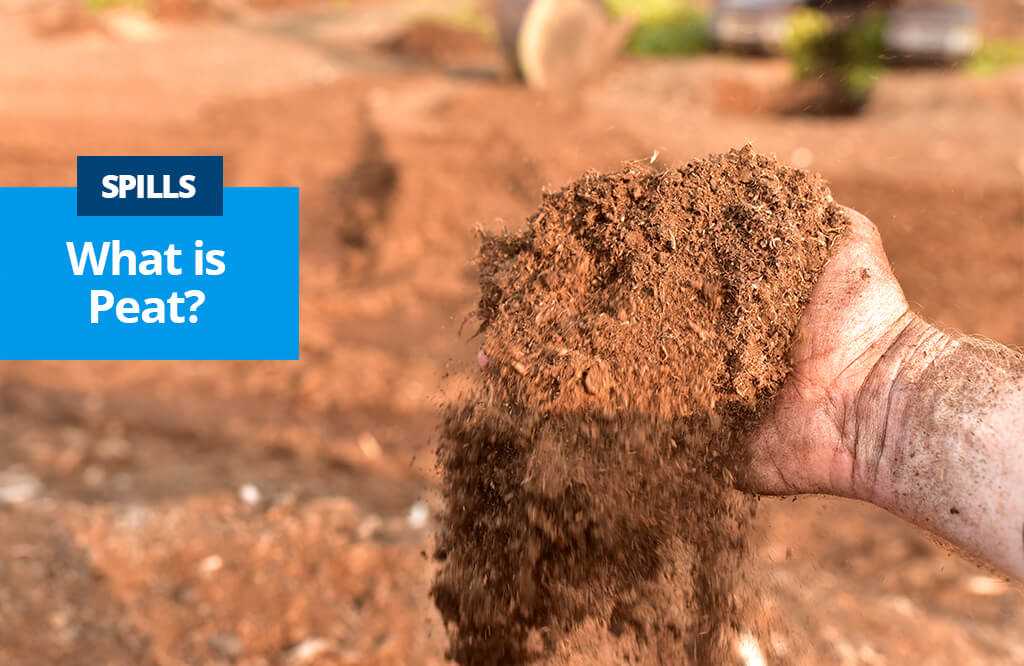
Peat is naturally rich in nutrients such as nitrogen, phosphorus, and potassium. When incorporated into soil, it slowly releases these nutrients, providing a steady supply to plants over time. This can help promote healthy growth and development.
4. pH adjustment
Peat has a slightly acidic pH, which can be beneficial for plants that prefer acidic soil conditions. It can help lower the pH of alkaline soils, making them more suitable for acid-loving plants like blueberries or rhododendrons.
5. Weed suppression
Applying peat as a mulch can help suppress weed growth by blocking sunlight and preventing weed seeds from germinating. This can reduce the need for manual weeding and make it easier to maintain a clean and tidy garden.
6. Environmental benefits
Using peat can have environmental benefits as well. Peat is a natural and renewable resource, and its extraction can help restore and maintain peatlands, which are important ecosystems. Peatlands store considerable amounts of carbon, helping to mitigate climate change.
| Benefit | Description |
|---|---|
| Water retention | Helps soil retain moisture |
| Soil structure | Improves soil quality and structure |
| Nutrient-rich | Provides a slow release of nutrients |
| pH adjustment | Helps adjust soil pH levels |
| Weed suppression | Reduces weed growth |
| Environmental benefits | Supports peatlands and carbon storage |
Applications of Peat
Peat has several applications across various industries. Here are some of the primary uses of peat:
1. Horticulture and Gardening
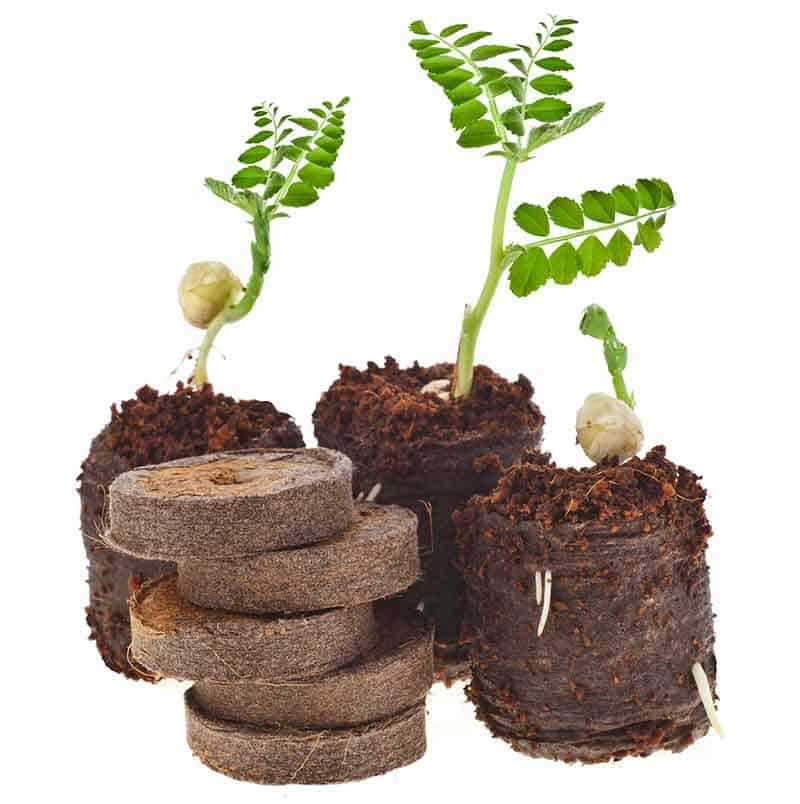
Peat is widely used in horticulture and gardening due to its excellent water retention properties and ability to improve soil structure. It is commonly used as a component in potting mixes, as it helps retain moisture and provides essential nutrients to plants. Peat also has a high acidity level, making it suitable for acid-loving plants such as blueberries and rhododendrons.
2. Fuel
Peat has been used as a traditional fuel source for centuries, especially in regions where other sources of fuel are scarce. Peat is formed by the partial decomposition of plant material in waterlogged conditions, and it can be dried and burned as a source of heat and energy. Although its use as a fuel has declined in recent times due to environmental concerns, it still serves as a significant energy source in some regions.
3. Water Filtration
Peat is widely used in water treatment and filtration processes. Its high porosity allows it to effectively filter out impurities, including metals, organic compounds, and pathogens, from water. Peat acts as a natural absorbent and can help improve water quality by removing pollutants. It is commonly used in filters and treatment systems for both domestic and industrial purposes.
4. Livestock Bedding
Peat is often used as bedding material for livestock, such as horses and cows. Its natural absorbent properties make it an excellent choice for providing a comfortable and dry resting area for animals. Peat bedding also helps control odors and provides thermal insulation.
5. Medicine and Cosmetics
Peat extracts are used in the pharmaceutical and cosmetic industries. The compounds found in peat have been studied for their potential anti-inflammatory, antimicrobial, and antioxidant properties. Peat-based products, such as creams, masks, and ointments, are used for various skin conditions and as natural remedies for muscle and joint pain.
6. Environmental Conservation
Peatlands play a crucial role in carbon sequestration and the regulation of water flow. Peat is rich in organic matter and acts as a natural carbon sink, helping to mitigate climate change by storing significant amounts of carbon dioxide. Peatlands also serve as important habitats for diverse plant and animal species. Conservation efforts are focused on preserving and restoring peatlands to maintain their ecological value.
When to Apply Peat
Knowing when to apply peat to your garden is important for optimal plant growth and health. Here are a few key times when you should consider using peat:
1. Establishing New Plants
When you are planting new flowers, shrubs, or trees in your garden, incorporating peat into the soil can provide numerous benefits. Peat helps improve soil structure, enhances water retention, and promotes root development. You can mix peat moss with the soil or use it as a top dressing around the newly planted vegetation.
2. Improving Poor Soil Quality
If your garden soil is sandy, compacted, or lacking in organic matter, peat can help improve its quality. Peat moss has excellent moisture-retaining properties and can loosen heavy soils, allowing for better drainage and aeration. It also adds valuable nutrients to the soil, fostering a healthy environment for plant growth.
3. Enhancing Acid-Loving Plants
Peat moss is naturally acidic, making it an excellent amendment for acid-loving plants such as rhododendrons, azaleas, and blueberries. Mixing peat moss into the soil around these plants helps create the acidic conditions they prefer, promoting vigorous growth and vibrant blooms or fruits.
4. Mulching and Winter Protection
Peat moss can be used as a mulch around plants to conserve moisture, suppress weeds, and regulate soil temperature. In colder regions, applying a layer of peat moss over the root zones of plants can provide insulation during the winter, protecting them from freezing temperatures and frost damage.
5. Potting and Container Gardening
When growing plants in pots or containers, using peat-based potting mixes can provide optimal growing conditions. Peat moss helps retain moisture in the root zone, prevents soil compaction, and ensures good drainage. It also provides a lightweight medium for easy handling and root exploration.
6. Lawn Renovation and Seed Starting
If you are renovating your lawn or starting new grass from seed, peat moss can play a crucial role. Mixing peat moss into the soil helps improve seed germination, root establishment, and overall turf quality. It also aids in moisture retention, reducing the water requirements during the critical establishment phase.
These are just a few instances when applying peat can be beneficial for your garden. However, it’s essential to consider the specific needs of your plants and soil before using peat. Always follow the recommended application rates and guidelines for best results.
Best Time to Use Peat
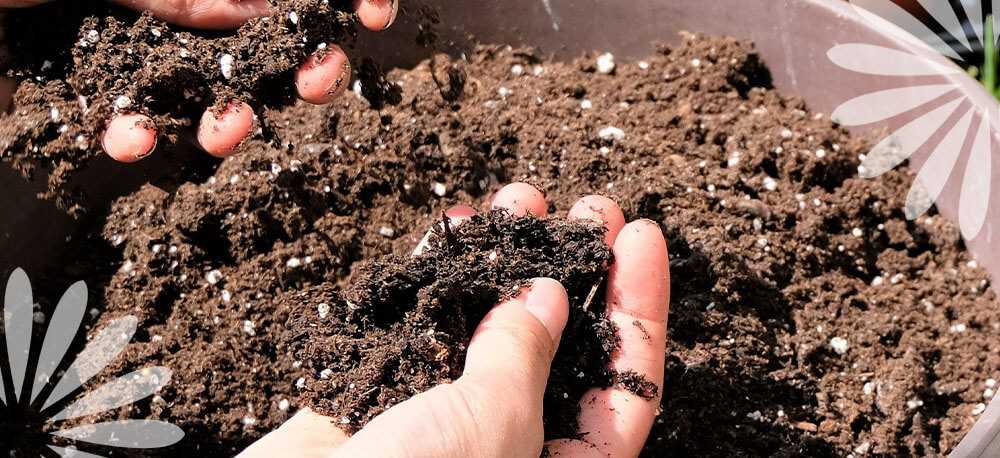
1. Preparing Soil for Planting
If you are planning to start a new garden or plant seeds, the best time to use peat is during soil preparation. Peat can improve the quality of the soil by increasing its moisture retention and drainage capabilities. It can also add organic matter and nutrients to the soil, creating a more fertile environment for plants to grow.
2. Revitalizing Existing Gardens
If you have an existing garden that is not performing well, using peat can help revitalize the soil and improve plant growth. Peat can help break up compacted soil and provide better aeration for the roots. It can also help neutralize soil acidity, making it suitable for a wider range of plants.
3. Improving Potted Plants
Peat can also be used to improve the quality of soil in pots and containers. It can improve water retention in the soil, helping to prevent drying out or overwatering. Peat can also enhance the nutrient content in the soil, ensuring that potted plants receive essential nutrients for healthy growth.
4. Starting Seeds
Using peat for seed starting is a common practice among gardeners. Peat pots or pellets can be used to provide a suitable environment for seed germination and early plant growth. Peat containers can be easily transplanted into the ground once the seedlings are ready, reducing the risk of root disturbance and ensuring successful establishment.
5. Mulching
Peat can also be used as a mulch to cover the soil surface around plants. It can help conserve soil moisture, suppress weed growth, and regulate soil temperature. Peat mulch can be particularly beneficial in dry or hot climates where water retention and temperature control are crucial for plant survival.
6. Acid-Loving Plants
Peat is known for its acidic nature, making it an excellent choice for acid-loving plants such as rhododendrons, azaleas, and blueberries. Adding peat to the soil can help maintain or create the acidic conditions that these plants prefer, enhancing their growth and overall health.
| Situation | Best Time to Use Peat |
|---|---|
| Preparing Soil for Planting | During soil preparation |
| Revitalizing Existing Gardens | When the garden is not performing well |
| Improving Potted Plants | Anytime when repotting or refreshing soil |
| Starting Seeds | For seed germination and early plant growth |
| Mulching | During the growing season for moisture retention and weed control |
| Acid-Loving Plants | When planting or transplanting acid-loving plants |
Ultimately, the best time to use peat depends on your specific gardening needs and the requirements of your plants. It is important to follow the instructions provided by the manufacturer and consider factors such as climate, plant type, and soil conditions when deciding to use peat.
When to Avoid Using Peat
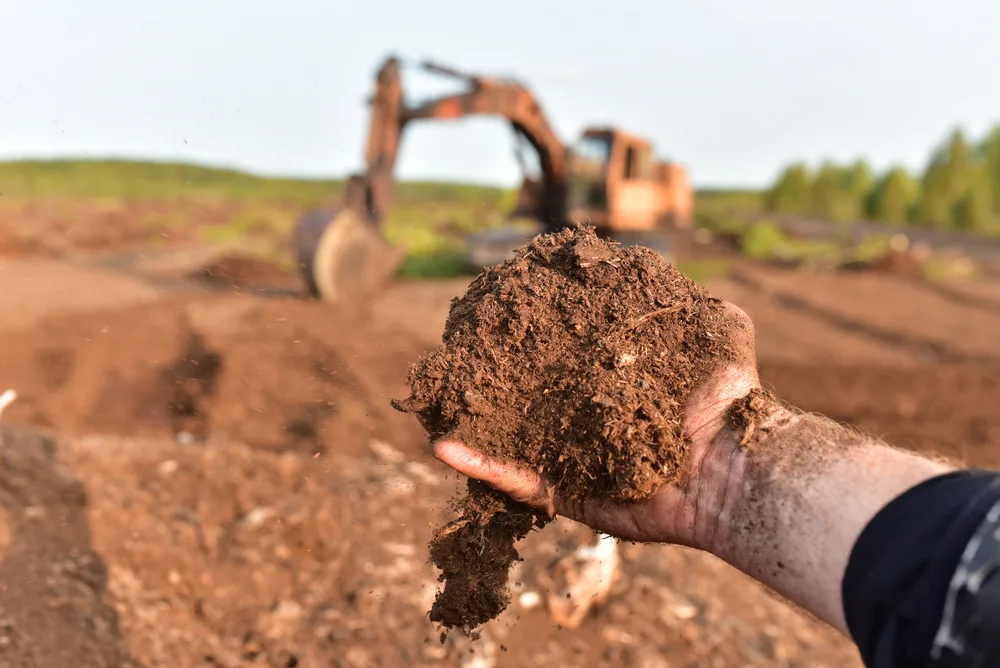
While peat can be a valuable addition to many gardening and horticultural practices, there are certain situations where it is best to avoid using it:
- In regions with limited peat resources: In areas where peat is scarce or environmentally sensitive, it is important to prioritize its conservation and minimize its use.
- For plants adapted to other soil types: Some plants, such as desert or wetland species, may not thrive in peat-based soils. It is best to use soil types that mimic their natural conditions.
- When trying to achieve specific pH levels: Peat can be acidic, so if you are trying to grow plants that require alkaline or neutral soil conditions, it may not be suitable.
- When other organic matter is readily available: If you have access to alternative sources of organic matter, such as compost or well-rotted manure, these may be better options than peat.
- For gardeners concerned about sustainability: Peat mining can have negative environmental impacts, including habitat destruction and carbon emissions. If you have concerns about the sustainability of peat use, consider exploring alternative soil amendments.
In summary, while peat can be a versatile and beneficial soil amendment, there are situations where it may be best to avoid using it. By considering the specific needs of your plants, the availability of local resources, and the environmental impacts of peat extraction, you can make informed decisions about whether or not to incorporate peat into your gardening practices.
“Question-Answer”
What is peat and where does it come from?
Peat is a type of organic material that is formed over thousands of years from the decomposition of plant matter in wetland areas, such as bogs. It is composed mostly of partially decomposed sphagnum moss and other plant materials.
What is peat used for?
Peat is commonly used as a soil amendment and conditioner. It improves drainage in heavy clay soils and helps retain moisture in sandy soils. It also provides a source of organic matter and nutrients for plants.
When should I apply peat to my garden?
Peat can be applied to the garden at any time of the year. It is often used when preparing new beds or when planting new plants. It can also be added to existing beds to improve the soil structure and fertility.
How much peat should I use in my garden?
The amount of peat to use in your garden depends on the size of your garden and the quality of your soil. As a general guide, for new beds, a 2-4 inch layer of peat can be applied and incorporated into the top 6-8 inches of soil. For existing beds, a 1-2 inch layer can be applied and lightly worked into the top 2-4 inches of soil.
Can peat be used in container gardening?
Yes, peat is commonly used in container gardening. It is lightweight and retains moisture well, making it an ideal medium for container plants. It can be mixed with other soil amendments, such as perlite or compost, to create a well-drained and nutrient-rich growing mix.







